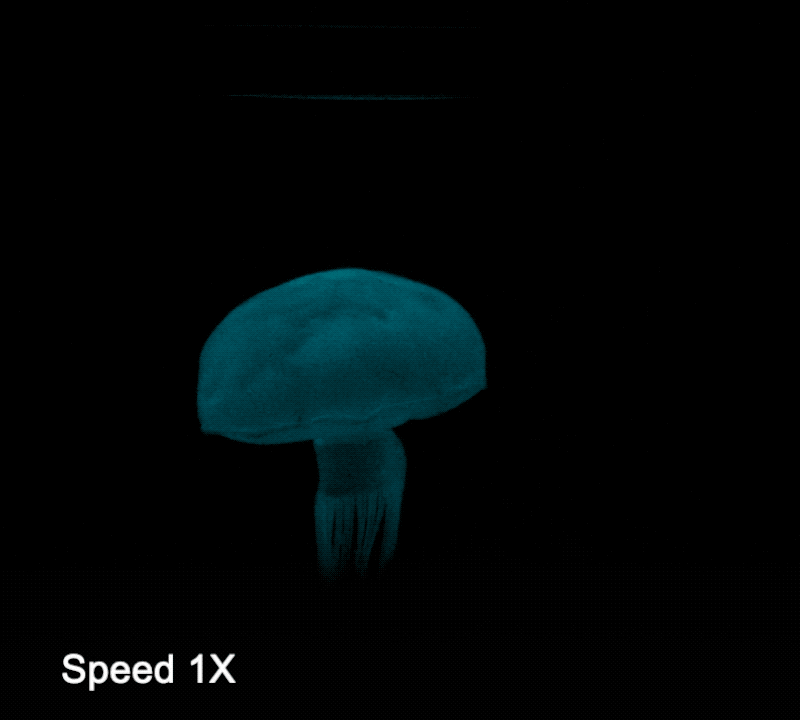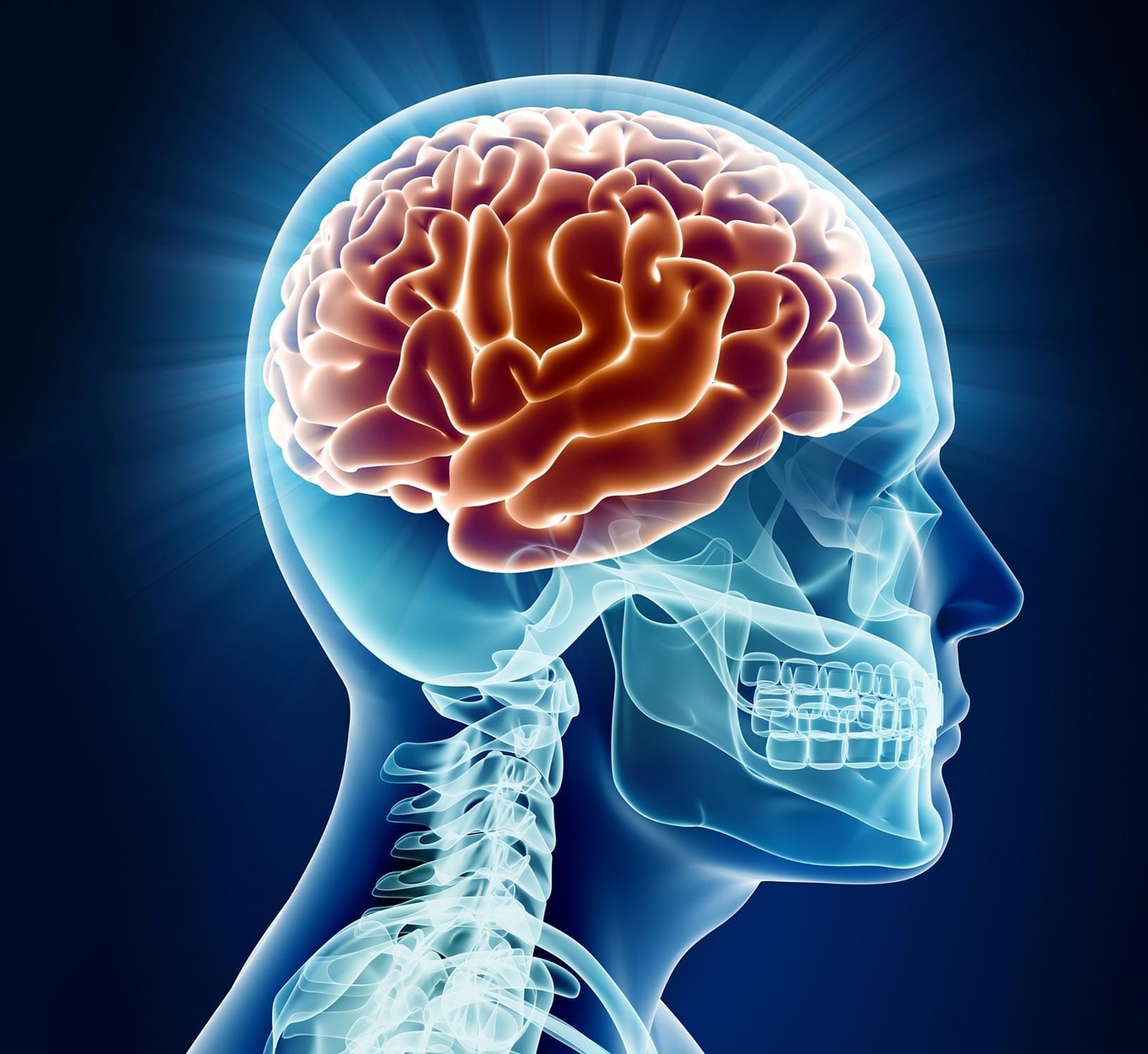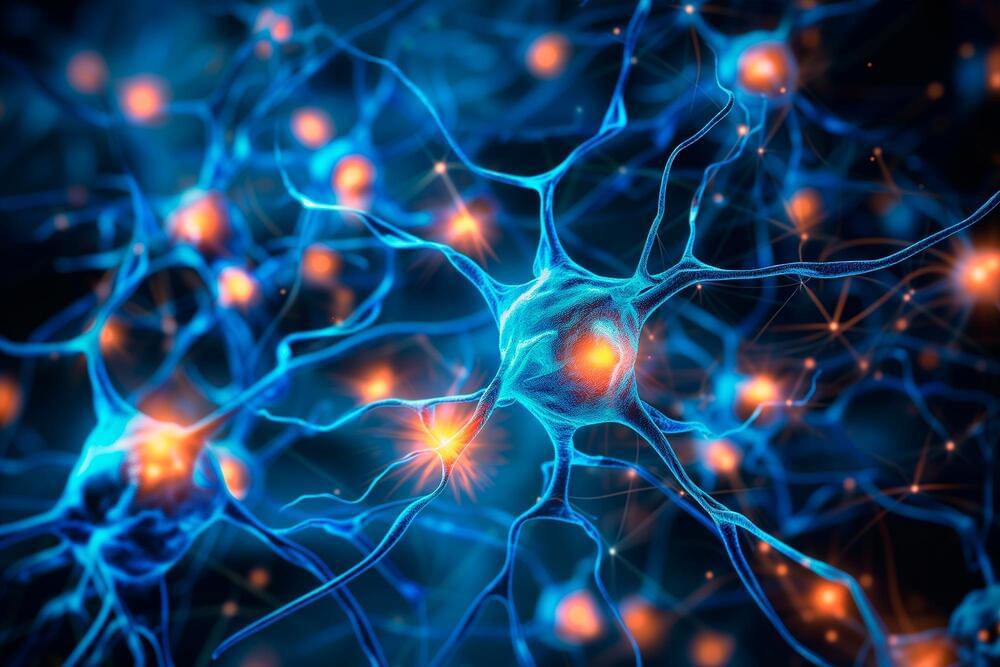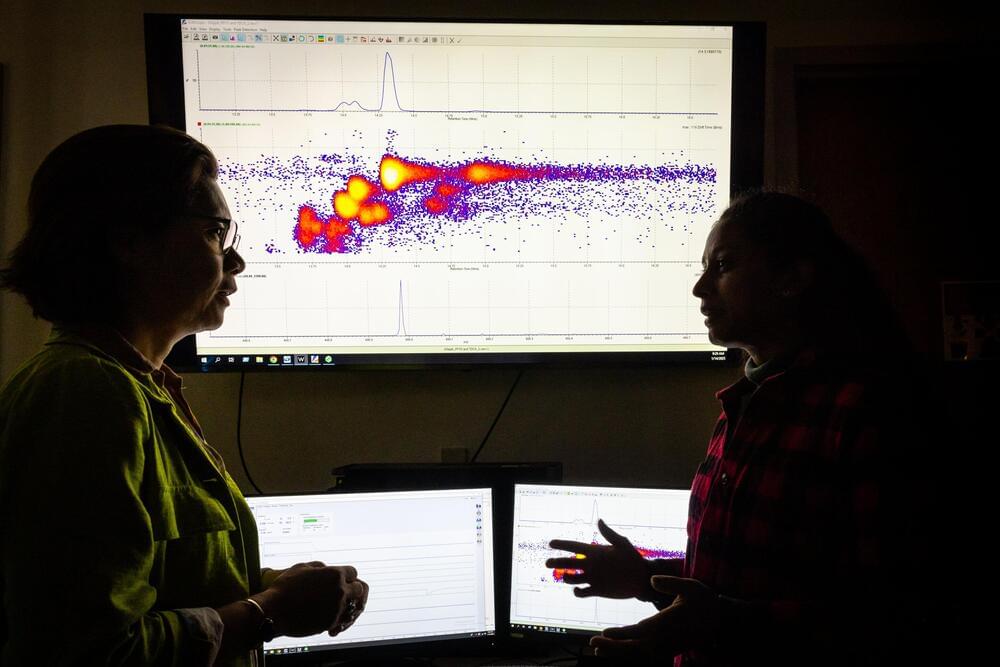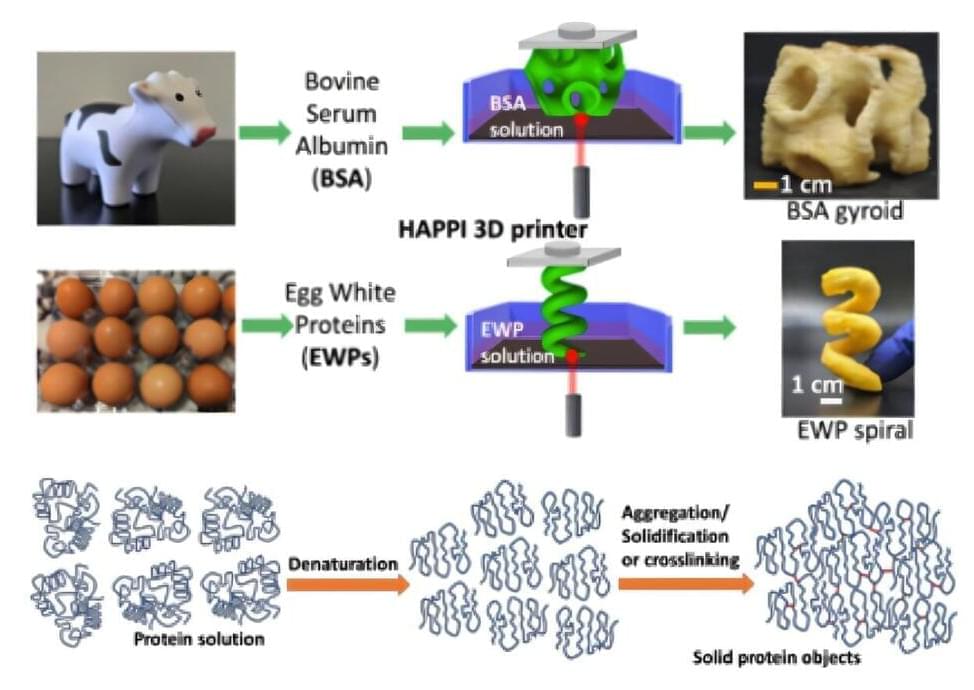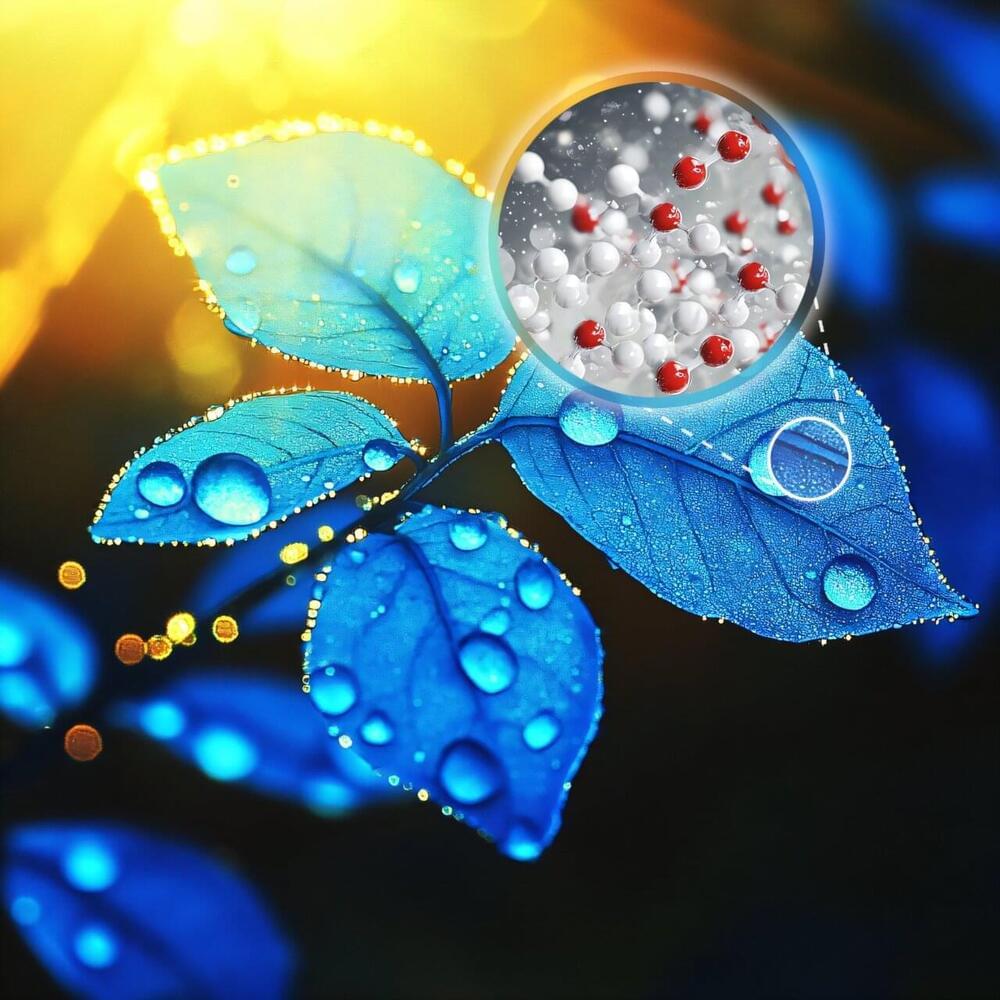Researchers at Cornell University on Monday showcased a pair of bio-inspired robotics running on a hydraulic fluid-powered battery. The redox flow battery (RFB) also mimics biological functions, as it releases electrolytic fluids, which dissolve to create energy through chemical reaction.
The first two robots on display are a modular worm and a jellyfish, designed by the Cornell Engineering labs. The batteries powering these systems utilize embodied energy, “an approach that incorporates power sources into the body of a machine, to reduce its weight and cost,” according to the school.
Mechanical and aerospace engineering Professor Rob Shepherd describes the underlying technology thusly: “There are a lot of robots that are powered hydraulically, and we’re the first to use hydraulic fluid as the battery, which reduces the overall weight of the robot, because the battery serves two purposes, providing the energy for the system and providing the force to get it to move.”
